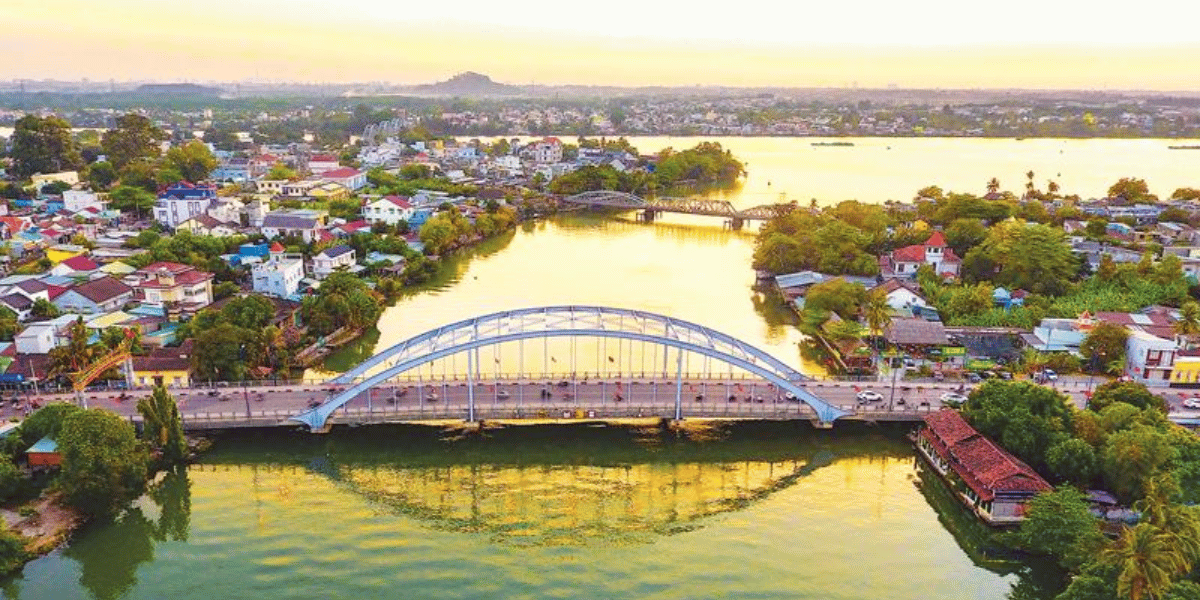Destinations – Siem Reap
Last Updated on 16 May, 2024 by admin
Siem Reap, a city whose very name invokes images of grandeur and ancient heritage, stands as the modern custodian to the world-renowned Angkor Wat. Its transformation from a humble riverside village into a bustling urban center is a testament to its enduring appeal and strategic significance in Cambodia’s tourism landscape. Today, Siem Reap melds its historical charm with contemporary vibrancy, offering visitors a rich tapestry of experiences that extend far beyond the temple complexes it is famous for. This article aims to unravel the layers of this dynamic city, revealing its cultural depth, evolving infrastructure, and the profound community spirit that defines its essence.
Historical Context and Significance
The shadows cast by the spires of Angkor Wat stretch far beyond their physical borders, influencing every facet of Siem Reap’s development. This town has not only been a witness but also a participant in the historical narrative of the Khmer empire, evolving from a serene settlement into a throbbing heart of cultural revival. Each stone carved in the vast temple complex nearby whispers tales of Siem Reap’s past glories and tribulations, making it a place where history is not just studied but palpably felt. As the primary access point for the millions who come to marvel at the architectural wonders of Angkor, Siem Reap serves as both a sanctuary and a storyteller, its every alley and marketplace imbued with the legacy of the Khmer civilization.
Tourism Infrastructure
The allure of Angkor Wat has catalyzed the development of an extensive tourism infrastructure in Siem Reap, transforming it into a city that marries convenience with charm. The Siem Reap International Airport, with its modern facilities and frequent connections to major cities worldwide, welcomes a diverse international audience eager to explore the Khmer heritage. The city’s roads, lined with lush greenery and traditional Khmer architecture, lead not only to the ancient temples but also to a burgeoning array of boutique hotels, gourmet restaurants, and artisanal markets. Each facility and service in Siem Reap is designed to enhance the visitor experience, ensuring that every need is met with the warm hospitality Cambodia is known for.
Main Attractions
Cambodian Cultural Village
Nestled near the bustling airport, the Cambodian Cultural Village serves as a microcosm of the country’s rich cultural diversity. This park not only showcases lifelike wax figures and traditional exhibitions but also hosts vibrant performances that bring Cambodian folklore to life. As visitors wander past replicas of iconic landmarks, they engage in a tactile and visual journey through Cambodia’s storied past, gaining insights into the lives of its people across different eras.
Wildlife and Conservation Sites
Crocodile Farm: This farm offers more than just thrills; it provides a glimpse into the complex relationship between Cambodian wildlife conservation efforts and the shadows of its recent history. The echoes of its use during darker times contrast sharply with the laughter and excitement that now characterise the feeding shows.
Butterfly Garden: More than a simple garden, this is a sanctuary where the air is alive with the flutter of wings and the scent of blooming flowers. It represents a concerted effort to preserve and showcase the delicate beauty of Cambodia’s natural environment, offering a peaceful retreat from the bustling city life.
Les Artisans d’Angkor – Chantiers Ecoles
The echoes of chisels against stone resonate through the workshop of Les Artisans d’Angkor, where young artisans breathe life into stone and wood, crafting detailed sculptures that mirror the ancient masterpieces of Angkor. This initiative is not merely an educational facility; it is a bridge connecting Cambodia’s rich past with its hopeful future, ensuring that traditional crafts not only survive but thrive.
Cambodia Land Mine Museum
Founded on the painful memories of its founder, the Cambodia Land Mine Museum is more than a collection of relics; it is a poignant reminder of the country’s resilience. The museum is set to expand its reach, aspiring to educate and rehabilitate, turning tragedy into a source of hope and learning for future generations.
Local Initiatives and Community Impact
In Siem Reap, charity and enterprise go hand in hand, with numerous initiatives spearheaded by both local visionaries and international NGOs. The Shinta Mani Hotel stands out as a paragon of how businesses can effectively contribute to societal welfare, embodying a model of sustainable tourism that enriches both guests and the local community.
Conclusion
Siem Reap offers a mosaic of historical, cultural, and environmental experiences, each piece telling a story of revival and hope. Beyond its role as the gateway to Angkor, the city invites visitors to immerse themselves in its vibrant daily life, to explore its markets, participate in its traditions, and contribute to its community-driven projects. A journey to Siem Reap is thus not just a visit to a place but an engagement with a living, breathing culture, offering lessons in history, humanity, and resilience.



